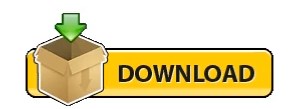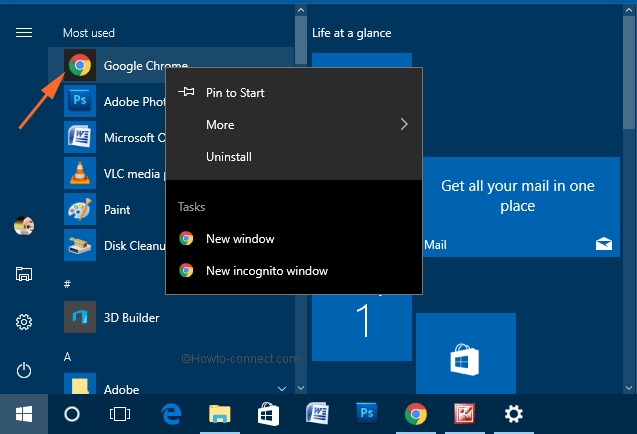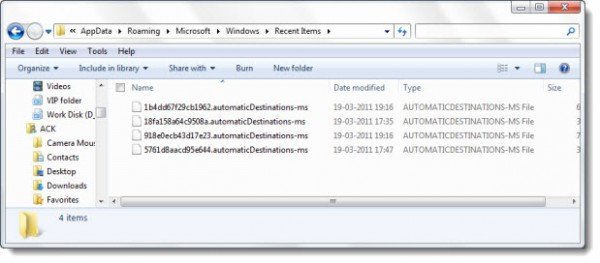

JumpListsView now reads the DestList structure of Windows 10.Fixed bug: JumpListsView crashed when it failed to open a jump list file.Added 'Align Numeric Columns To Right' option.exe file) and if it finds the ID, the name of the application isĭisplayed in the 'Application Name' column. JumpListsView searches the Application ID in JumpListsView_AppID.txt (Located in the same folder of the.

When it's turned on, you can type a string in the text-box added under the toolbar and JumpListsView will instantly filter the table, showing only items that contain the string you typed. Added 'Quick Filter' feature (View -> Use Quick Filter or Ctrl+Q).The jump lists information is stored under the following folders:Ĭ:\Users\\AppData\Roaming\Microsoft\Windows\Recent\AutomaticDestinationsĬ:\Users\\AppData\Roaming\Microsoft\Windows\Recent\CustomDestinationsĬurrently, JumpListsView only reads the information from the AutomaticDestinations folder. You can still read data from external hard-drive containing installation of Windows 7/8 by using the 'Advanced Options' window. On previous version of Windows, the 'Jump Lists' feature doesn't exist, and thus JumpListsView won't display any data, but. Both 32-bit and 64-bit systems are supported. This utility works on Windows 7, Windows 8, and Windows 10. You can also export the Jump Lists records to csv/tab-delimited/xml/html file. The size/time/attributes of the file on the time that the file was opened, and more. The filename that the user opened, the date/time of the file opening event, the ID of the application that was used to open the file, JumpListsView is a simple tool that displays the information stored by the 'Jump Lists' feature of Windows 7 and Windows 8.įor every record found in the Jump Lists, the following information is displayed:

JumpListsView v1.16 - View jump lists information stored by Windows 7 JumpListsView - View jump lists information stored by Windows 7


 0 kommentar(er)
0 kommentar(er)
